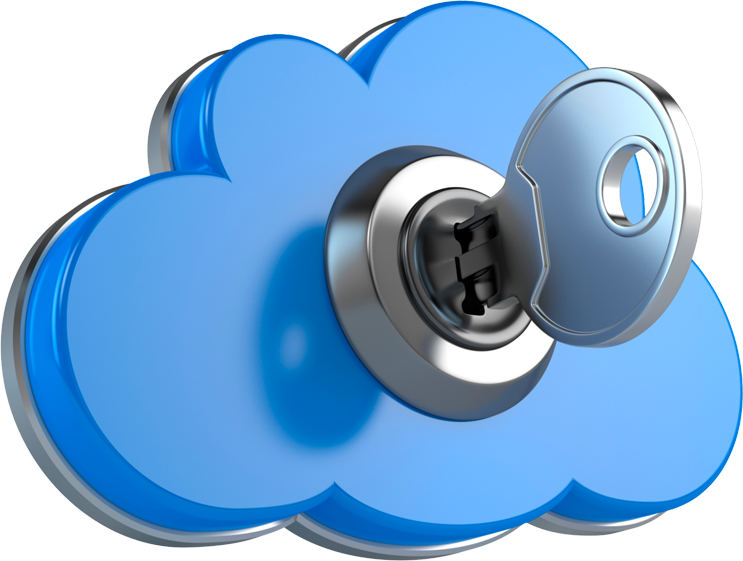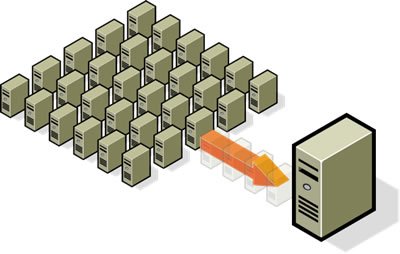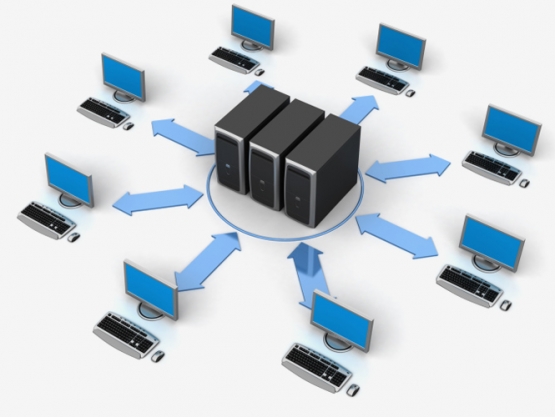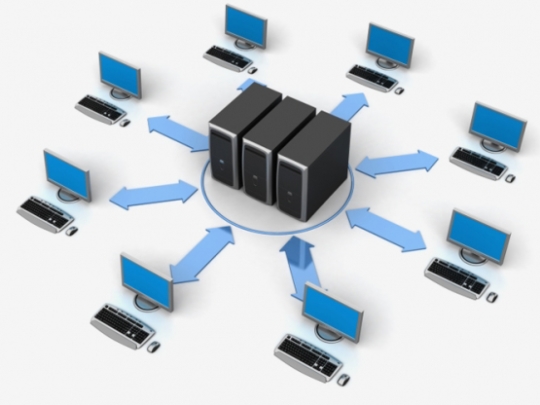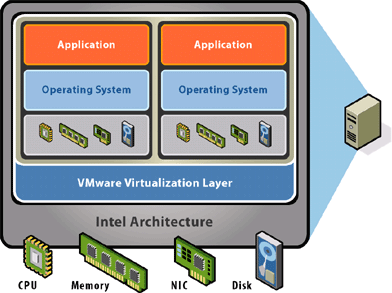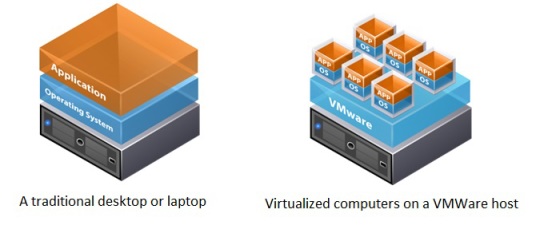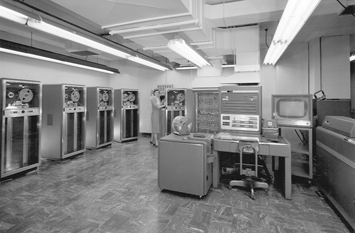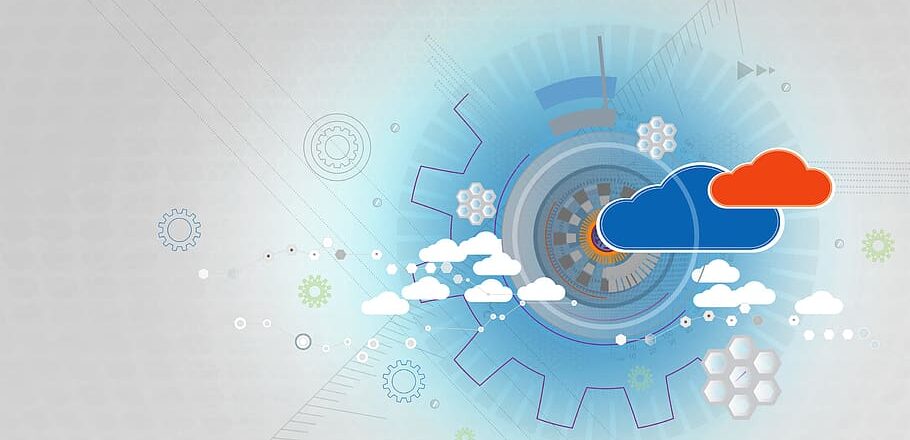
Businesses need to future proof their IT infrastructure to ensure long-term success and sustainability. After all, technology is constantly evolving, and failing to adapt can result in outdated systems which hinder growth, productivity, and competitiveness. But if you adopt a culture of future proofing, you can minimize this risk by using new technology to enhance scalability and maximize your productivity. Implementing scalability, however, is easier said than done. And that’s why we’ve decided to give you a head start with some suggestions.
The Best Future Proofing Methods for Success
If you want to make sure that your IT infrastructure remains relevant and keeps one eye on the future, make sure you adopt these best practices for future proofing:
- Use the cloud: one of the simplest ways to future proof your IT operations is by adopting cloud-based solutions. With a wide range of providers and plans available, you can use cloud-based platforms to take care of your storage, software, and infrastructure. Best of all, these services can easily be upgraded to cope with future demand, this makes cloud computing the epitome of scalability and reduces the risk of your in-house hardware becoming obsolete.
- Invest for the future: while it may make financial sense, in the short term, investing in low quality IT hardware will only ever provide a short term solution. You see, given how fast technology evolves, if you buy IT equipment at the cheaper end of the market, its performance levels will soon be superseded by newer technology. Therefore, while remaining financially sensible, make sure you invest in the best technology you can afford to increase its lifespan and suitability for your needs.
- Virtualization: this creates virtual versions of resources and allows your business to optimize your equipment and reduce costs. Virtualization optimizes your resources by consolidating multiple virtual machines onto a single server, this approach will reduce costs and enhance efficiency. It also helps to future proof your IT infrastructure as it allows you to scale resources up or down quickly based on demand. So, not only is your system flexible and scalable, but it also provides a strong foundation for your IT infrastructure going forwards.
- Watch technology: if you want to future proof your businesses IT operations, then it’s crucial that you keep an eye on what’s happening in the world of technology. This will ensure that you are aware of innovative opportunities for growth within your business. More importantly, it will give you time to plan and implement these innovations early on compared to your competitors. This will give you not only a competitive edge, but it will also allow you to anticipate changes in customer behavior.
- Strengthen your security: cyber criminals are constantly updating their methods of attack, so you need to keep pace with them to secure your IT infrastructure. Accordingly, always make sure that your antivirus software is up to date and that your employees are educated about upcoming, as well as contemporary, threats. These simple steps will help facilitate the future security of your IT systems.
For more ways to secure and optimize your business technology, contact your local IT professionals.
Read More




